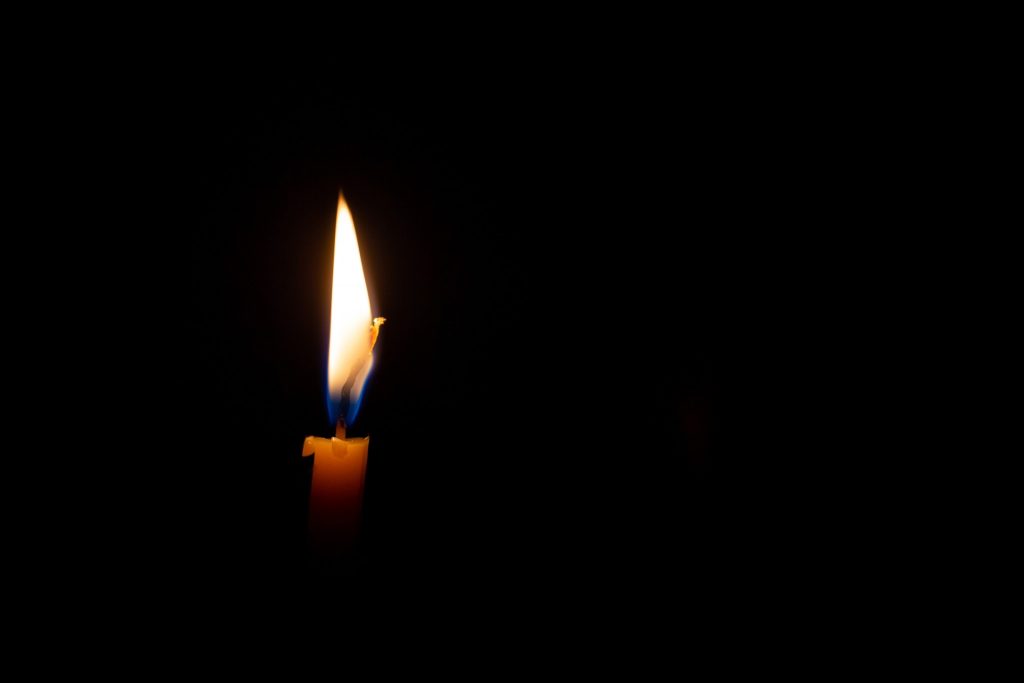
I have nothing against talking about death, but I don’t particularly feel comfortable talking about it either.
The reasons for my hesitation are twofold: Death of a loved one is painfully sad for me. That person is no longer here to enjoy and be with. They are gone. Gone for good.
The second reason is that to talk about life after death is problematic for all of us who are alive. We cannot affirm with complete certainty about something we simply know nothing about.
However, on both accounts I have been personally challenged by an experience I witnessed directly. Let me share it with you.
In 2000 my father in law, Charles, passed away at the age of 80. Like I said I felt sad. But with a short passage of time the memory of him began to fade like all the others whom I loved.
But, around 2012 something unusual started to occur. My wife, Cheri, pulled out a handwritten history her father had written. It was about fifty pages and started with his birth in 1920, and ended shortly before he died.
Cheri decided she wanted to honor her father’s memory by rounding out his written history by researching the events in history occurring during the period of his life. She then decided to make a book about it. She asked for my support to help her do it.
Little did I know at the time that my support would include travel not only to all the places he mentioned in his written history, but to all the places his relatives and ancestors had lived.
That took us halfway around the world and sometimes to some spots multiple times. I got a first rate education about 17th century Ireland and Great Britain, to 18th and 19th century colonial America and the Civil War, to World War 2 in the entire Pacific Ocean, including all the cities along the California coast that housed war ships. But, it all started in the Appalachian Mountains of Eastern Kentucky. You see, my father-in-law was a hillbilly boy. Cheri and I were in those Hillbilly mountains at least five times together. She loved visiting the big white Victorian home Charles grew up in. We visited the stores, city library, the four churches on each corner of downtown Paintsville. We talked to every conceivable person who could have known Charles, etc., etc.
And, (and it’s a great big AND) wouldn’t you know it, somewhere along that vast eight year journey, I began to feel that Charles was still alive. Like actually alive. I didn’t create or manufacture the feeling, it just was there all of the sudden. It felt like he was alive just like when he was alive. I didn’t know anything more than I knew before about death. But, I knew what I was experiencing. His alive self was imprinted on the rim of my brain. It did not go away. I have it to this day, nine years later.
In trying to explain it to myself, I guess the film Nomadland, starring Francis McDormand, stated it about as well as it can reasonably be described in words. “What’s remembered, lives.”